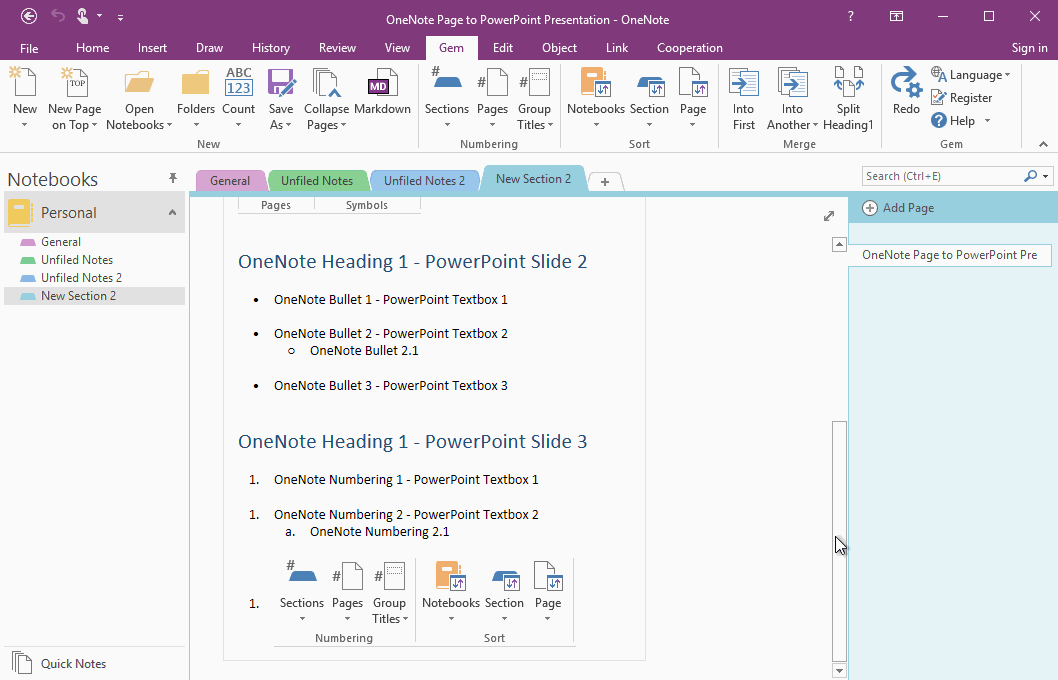

I had to fiddle with them, just adding and removing blank lines and using the different bullet symbols until I found something I liked. This is where the bulleted (unordered) list marks came in. Not bad! I still wanted to show the headings in hierarchy instead of a flat list, though. Here’s what it looked like in StackEdit after I had all the inline links set up: For Scope and everything after, it was easier for me to re-paste the “Purpose” link and just replace “#purpose” with “#scope” and so on for the rest of the headings. These links followed a predictable pattern (the heading name, lower case, with hyphens in place of spaces), so I only copied and pasted the link for the Purpose. This heading-specific URL is what goes in the (link) placeholder: () The target URL will be in the address bar, and the document will “snap” so that the selected heading is at the top of the screen. If you click the little link icon, the browser will reload.

You will see the target URL for the header item’s link: While you are hovering the mouse over that little link icon, look at the bottom of the browser window (the status bar). In a GitHub Markdown file, if you hover the mouse over a heading, a little link icon appears: What should go in the (link) placeholder? I had to go back to my GitHub file to find that information. I knew what to put in the part: the section titles! So I filled those in with all the #, #, and # text in my document: (link) I made a bunch of inline link placeholders at the top of my document, after the title and document number.

I went back to StackEdit to do the typing. When I published the StackEdit file to a GitHub README, the same content looked like this:Īfter I published my Markdown file to GitHub, I was ready to manually add a table of contents. Here’s what that looked like in StackEdit: My document had three levels of headings, so I went up to #. I followed the same organization as the original file, using # for the document title, # for first-level headings, # for second-level headings, and so on.
#MARKDOWN TABLE HOW TO#
Here’s how to make an inline link in Markdown:įirst, I wrote the file in Markdown. Here’s one way to make a bulleted (unordered) list in Markdown: The link text would be the title of the section, and the link would be to the corresponding section heading in the README file.
#MARKDOWN TABLE UPDATE#
If you regularly add and delete sections in your README file, it’s even worse because you have to remember to update the table of contents too. Let’s get this out of the way…yes, manually creating a table of contents in Markdown is a pain. I didn’t find a step-by-step guide, so I patched together one way to do it from various Markdown cheatsheets and StackOverflow posts.
#MARKDOWN TABLE MANUAL#
It looks like there’s at least one automated option ( DocToc), but I figured that I could learn something by working up a manual table of contents in Markdown. The lack of a GitHub-Flavored Markdown table of contents marker seems to be a common complaint. When I published my StackEdit file to a GitHub README, the beautiful table of contents was replaced with a disappointing “” in plain text. It went perfectly in StackEdit-even generated a linked table of contents with the handy little marker. When I was learning Markdown, I practiced by reproducing a work sample that I originally created in Microsoft Word. Tutorial: Manually create a Markdown table of contents for your GitHub README


 0 kommentar(er)
0 kommentar(er)
